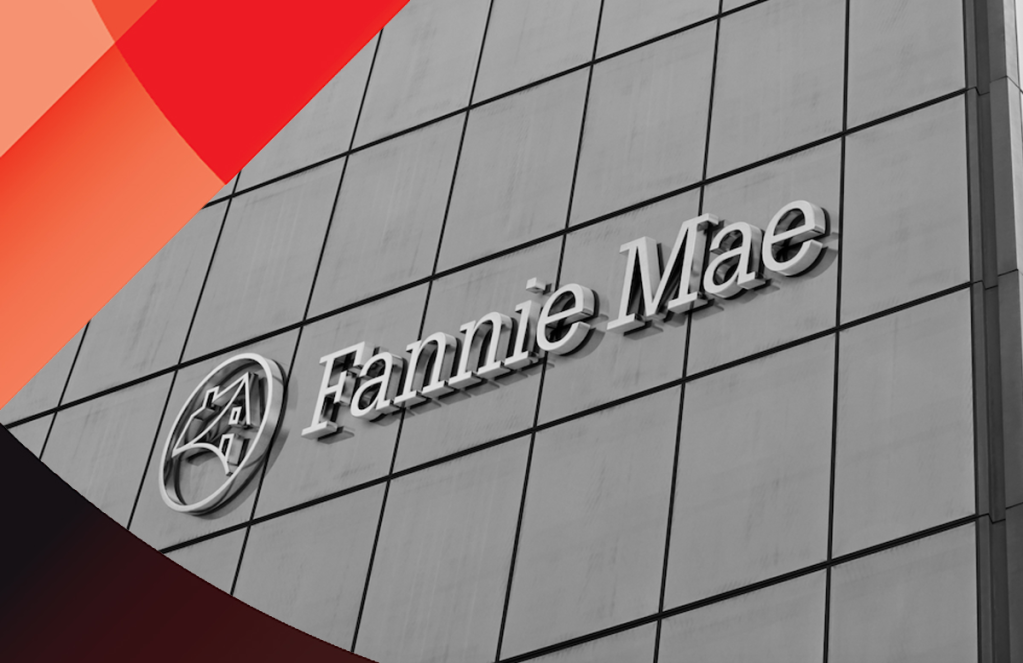Fannie Mae reported $4.7 billion in net income for the second quarter of 2022, up from $4.4 billion in the first quarter.
Net revenues increased by $200 million in the first six months of the year compared to last year, thanks to higher base guarantee fee income, an increase in the size of Fannie Mae’s guaranty book of business and higher income from portfolios. As rising mortgage rates sap borrower appetite to refinance, fewer loans leave Fannie Mae’s book of business.
Fannie Mae’s net worth stood at $56.4 billion at the end of the second quarter, up from $51.8 billion at the end of the first quarter. The U.S. Treasury, which holds a majority stake in Fannie Mae, and the Federal Housing Finance Agency, its conservator, allowed the company to retain earnings starting in 2019.
In a conference call to announce the results, Fannie Mae interim CEO David Benson reiterated Fannie Mae’s prediction of a recession in early 2023.
“Although FNMA enters this period of uncertainty from a relative position of strength, we are fully aware we are in a highly unusual, potentially volatile global and economic environment,” Benson said. “Therefore we must expect the unexpected.”
Fannie Mae’s strong position is, in large part, due to the fees it charges for taking on mortgage borrower risk. Those fees were up markedly from the same time last year.
Staying nimble in a fast-paced market with the right mortgage technology
In the rapid-fire, volatile mortgage marketplace, lenders need technologies to help them remain nimble and successfully navigate constant change. Advanced product, pricing and eligibility technology creates efficiencies and helps lenders compete in a fast-paced market.
Presented by: Black Knight
The average guaranty fee the company charged on single-family conventional loans it acquired in the second quarter of 2022 was 51.7 basis points, up 6.5 basis points from the same time last year. That increase was due to the “overall weaker credit risk profile” of loans Fannie Mae acquired in 2022, its quarterly filing with the Securities and Exchange Commission shows, due to a greater share of purchase loans, which are typically riskier than refinances.
The share of refinances the company purchased in the second quarter of 2022 decreased to 36%, compared to 65% a year ago. Purchase loans have higher loan-to-value ratios, pushing the GSE’s share of mortgages with loan-to-value ratios over 80% from 22% this time last year to 34% in the second quarter of 2022.
That mix of refinances and purchase acquisitions also impacted the debt -to-income ratio of loans Fannie Mae bought, and the underlying credit score. In the second quarter of 2022, 22% of the loans Fannie Mae acquired had debt-to-income ratios over 45%, versus 14% of loans in the second quarter of 2021. The share of loans the GSE bought with a credit score at or above 740 was down to 61% in the second quarter of 2022, from 70% the year prior. The share of loans with credit scores below 680 grew to 9%, up from 6% this time last year.
The glut of refinances has substantially dried up, as mortgage rates move quickly upward, spurred by the inflation-fighting measures of the Federal Reserve. Out of $172 billion in single-family loans Fannie Mae purchased in the second quarter of 2022, 36% were refinances. Just three months ago, 57% of loans Fannie Mae acquired were refinances.
Fannie Mae’s average loan size for the second quarter of 2022 was $300,556, compared to $281,749 in the first quarter of 2021. The FHFA increased the baseline conforming loan limit to $647,200 last year, an increase of 18%.
But the share of high-balance and second home loans Fannie Mae acquired decreased in the second quarter of 2022 compared to the prior quarter. That’s in light of fees the FHFA imposed on such loans, after it reached an agreement with the U.S. Treasury to temporarily suspend hard caps on them.
EDITOR’S NOTE: This story has been updated with the correct the single-family purchase volume and refinance share for the second quarter.





